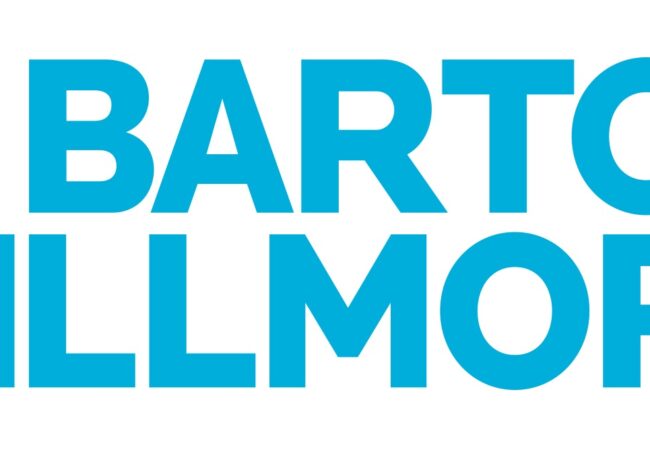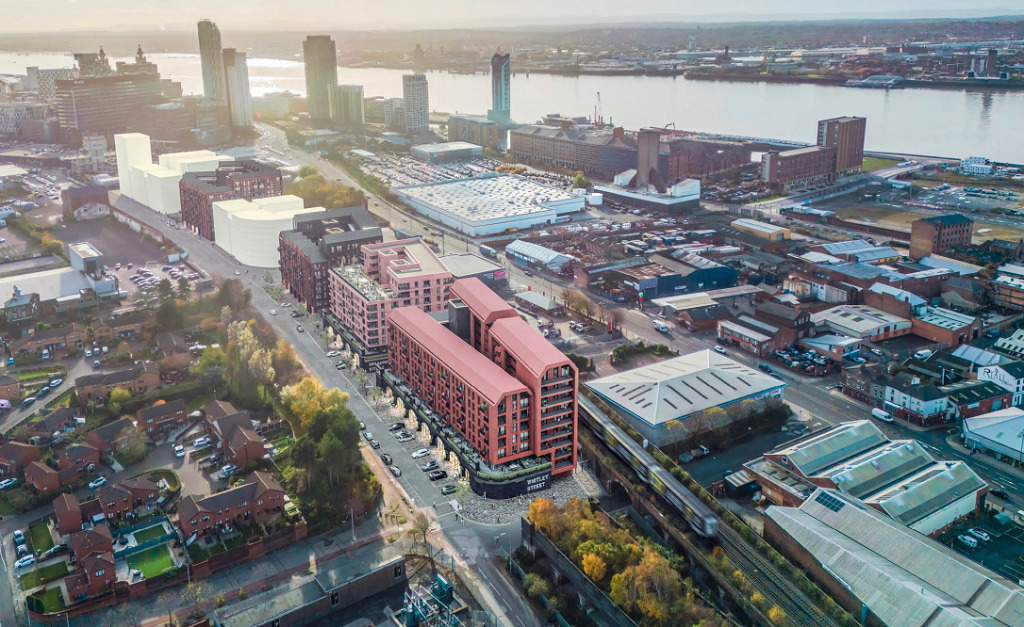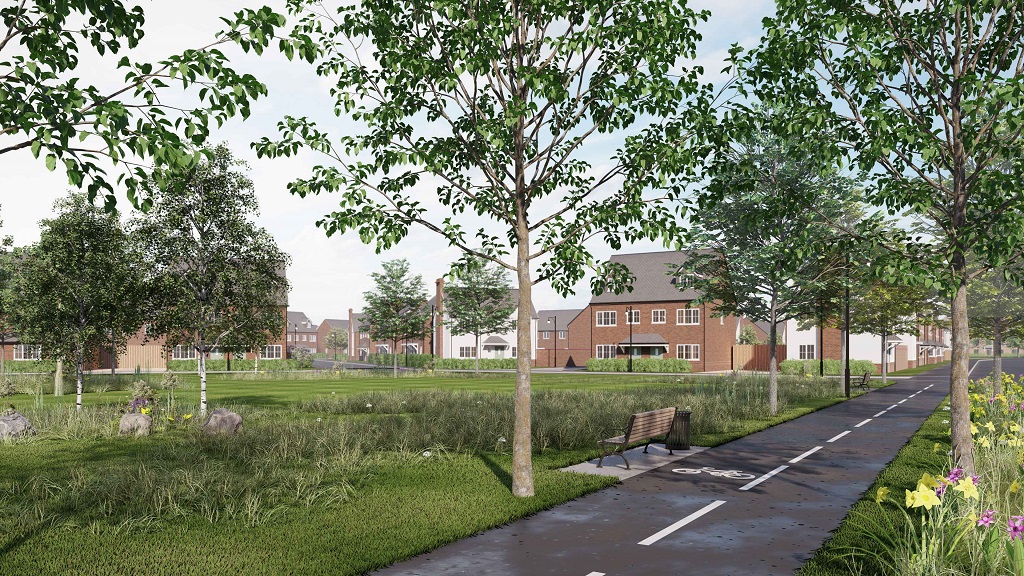RESOURCE | Why Manchester needs a new city park
 Think of all of the world’s great cities and then think about their green spaces. Central Park, New York; The Royal Parks, London; Park Güell, Barcelona; Golden Gate Park, San Francisco; Lumphini Park, Bangkok; Stanley Park, Vancouver; Centennial Park, Sydney – they all stand out. These are the spaces where city-life, sport and recreation collide to become the focus of social interaction in the city.
Think of all of the world’s great cities and then think about their green spaces. Central Park, New York; The Royal Parks, London; Park Güell, Barcelona; Golden Gate Park, San Francisco; Lumphini Park, Bangkok; Stanley Park, Vancouver; Centennial Park, Sydney – they all stand out. These are the spaces where city-life, sport and recreation collide to become the focus of social interaction in the city.
These green spaces supply health and wellbeing and biodiversity benefits in busy, often grey cities, whilst also becoming major visitor destinations, generating significant economic benefit. They provide important places to play and learn, socialise and exercise, and are the tranquil places people can become lost within and enjoy in an otherwise frantic working day. These spaces put cities on the world map. They are visited by tourists and proudly cherished by residents.
So let’s look at Manchester. Where is it that you take the family at the weekend for a picnic in the park or a stroll after Sunday lunch? Where are the tranquil, green spaces in the city? Whilst there are a few hidden gems (I’m not telling you where!), you have to hunt these out. Manchester has its fair share of public spaces in the City. Piccadilly Gardens, St Ann’s Square, Cathedral Gardens, Lincoln Square and the more recent Spinningfields all provide good amenity space, but these are hard urbanised areas, often heavily managed and maintained. They are certainly not green spaces and would struggle in themselves to be defined as city parks.
Heaton Park is perhaps Manchester’s closest answer to a proper city park. But it’s on the fringe of the city and is it really enough of a destination in its own right?
Manchester is a city of growth and ambition. It has a strategy to drive further economic growth and business creation and seeks to capitalise on its science and research capabilities. With ever increasing connectivity and access to information, workers and residents will soon demand greater access to proper green spaces and the traditional lines between live, work and play will become even more blurred. A new city park should therefore be an equivalently important piece of Manchester’s infrastructure as new rail connectivity.
So where could it be? What could it look like?
Well unless we think about mass demolition, it’s unlikely that the City will find space large enough for a new city park next to the Arndale Centre. But there are opportunities and we must have an ambitious and deliberate plan for Manchester’s green spaces going forward.
River corridors spring to mind as the starting point, these could be opened up and a consistent signage strategy could link them to the city’s public buildings, public squares and museums. New buildings should allow public access along green leafy waterfronts, with iconic bridges. As the City grows there is a also a real opportunity to redesign our existing spaces as green pocket parks, why shouldn’t squares and gardens be rediscovered as green oasis’ in the heart of the city – take Lincoln Square for example, an ignored space in the heart of the city.
We could throw in some innovation? The High Line in New York has successfully transformed a disused and elevated freight railway into an amazing public space. With year-round activities such as dance and street performances to children’s art workshops, cafés and public art, it is a hive of social activity. It even has its own website and shop.
We’d call it ‘Manchester’s Maze’, it would include cafés, cycle hubs, public art trail, water, natural play and a community garden but I’m sure together we could get even more creative! We can have our own City Park to love and be proud of, a park that puts Manchester on the map. What do you think?
This post was written by Dan Mitchell and John Haxworth in collaboration, and originally published through Place Resources




